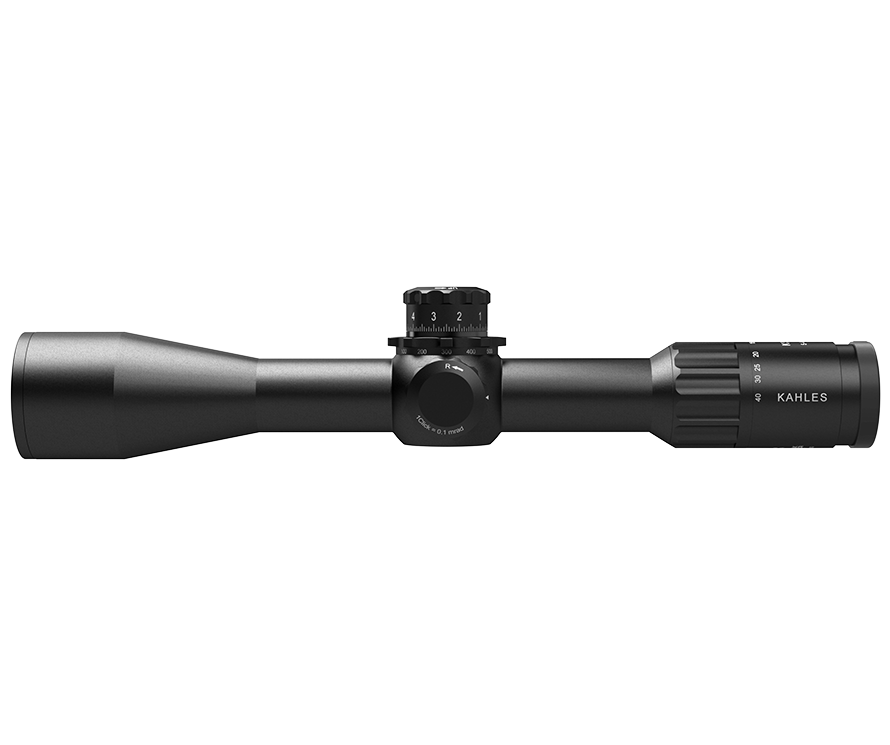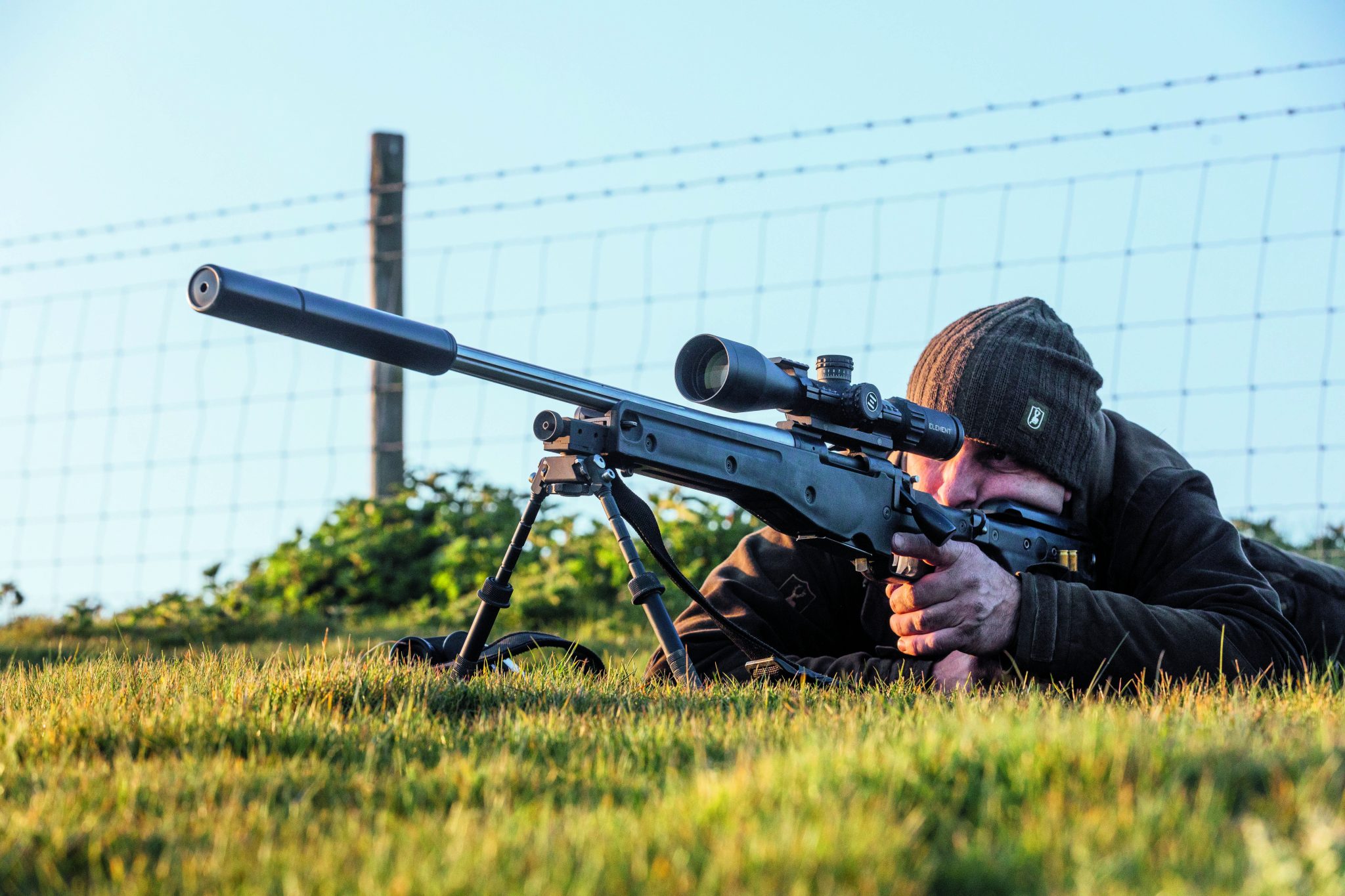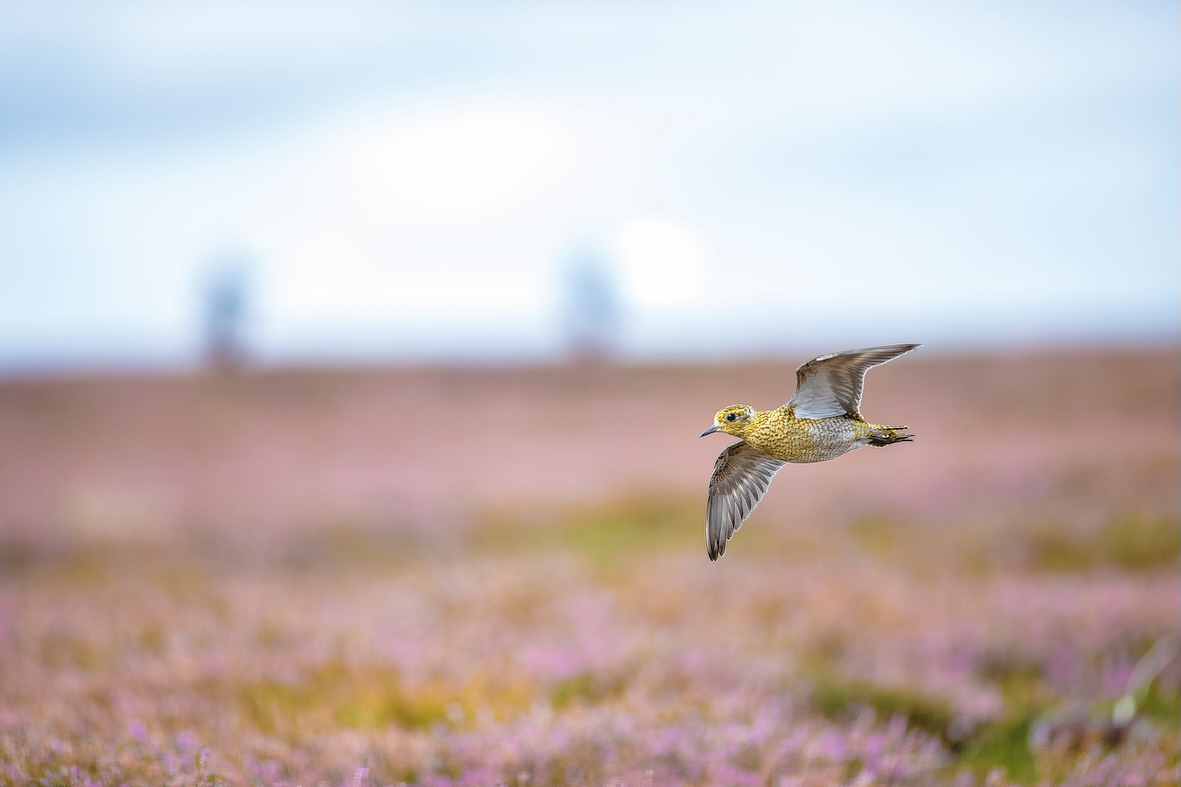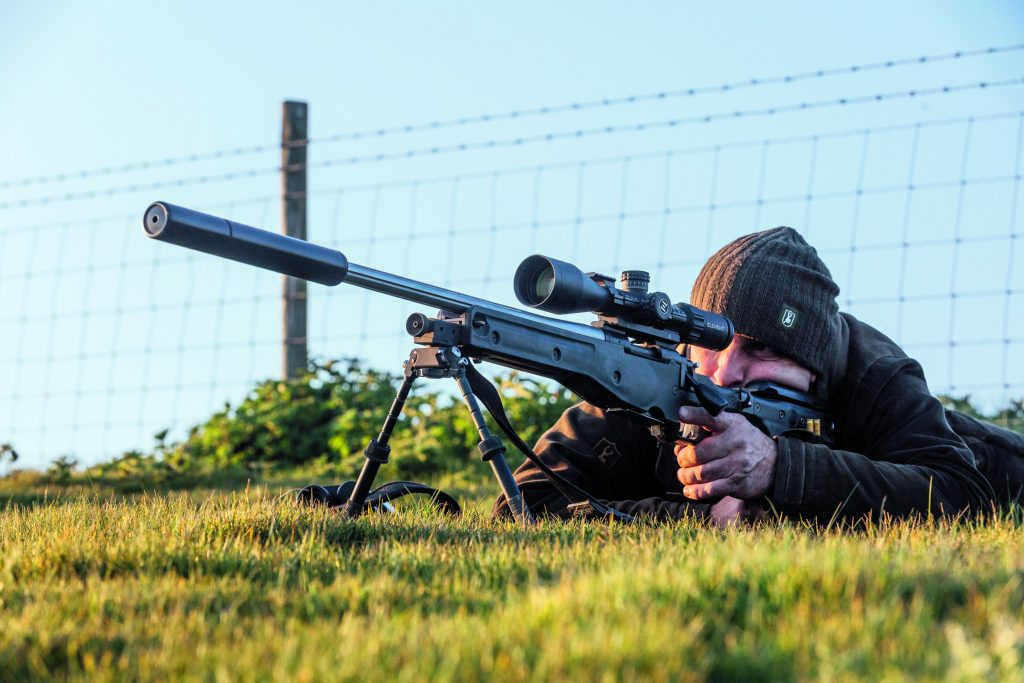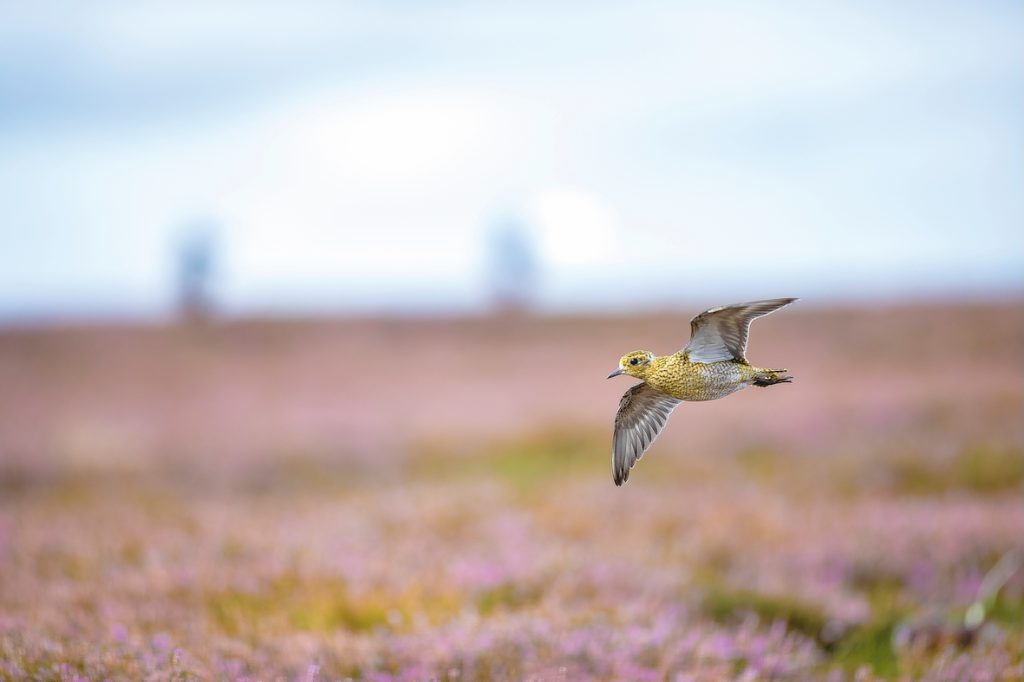News
Livestock units are all very well but what about human impact units?
Would you like to speak to our readers? We offer sponsored articles and advertising to put you in front of our audience. Find out more.
The concept of a piece of land’s carrying capacity for livestock or wildlife is long established. Parts of my farm are subject to stocking rates laid down by Natural England. Different types of livestock are accorded different scores, which add up to livestock units, and various fields are allowed different numbers of livestock units per hectare per year. The idea is to allow the farmer to make a living without overgrazing the land and thereby reducing its environmental value.
The base level of one livestock unit, or LU, equates to an adult dairy cow — which munches a heck of a lot of grass. A beef animal scores 0.75 LU. A hill sheep is 0.06, while its heftier lowland cousin is 0.08. A farmed red deer hind is 0.3, a horse is 1.0 and a pony is 0.8.
The system gets more complicated when young animals at various stages of growth are included. The overall stocking rate per hectare is worked out using these figures and the proportion of a year that the animals will spend on the relevant land parcels.
Livestock units and human impact units?
Could something like this system be used to design countryside schemes for humans using rights of public access? (Read more on public access here.) It occurs to me that different types of landscape can host varying numbers of people. Woodland, for example, can probably accept more people than a more open piece of land, where the visual intrusion and loss of tranquillity is more apparent. Car parks, dog walking, camping — all these things have an impact on land.
How are they best managed? Working out some human impact unit (HIU) scores might be a start. Certain fieldsports such as fishing, deerstalking and rough shooting might have very low HIU scores. So might a solitary walker — let’s say an HIU of 1.0. You could get more sophisticated about this; a person walking a labrador might be 1.5 HIU, or 90 HIUs if the dog is, say, a Staffordshire bull terrier… It’s well worth thinking about such matters because fieldsports themselves have varying levels of impact and those of us who participate in them risk being squeezed out — even on private land — if we fail to ensure that our own activities are seen in perspective.
I recall having to present an annual activity report on wildfowling to a group of interested parties, including local residents, birdwatchers, conservation officials and so forth. Whenever the subject of disturbance came up, I would point out that we had plentiful facts and figures about wildfowling itself — but what about all the unregulated activities?
Monitored
It seems obvious that a few wildfowlers tucked away unseen in creeks on the foreshore, firing the odd shot at ducks that are already in flight, would have less impact than a garrulous gaggle of brightly clad ramblers wandering along the top of the sea wall. But guess which of these two activities is the more closely monitored and restricted?
Related articles
News
A sound decision as moderators to be taken off licences
The Government has finally confirmed what the shooting community has long argued – that sound moderators should be removed from firearms licensing controls
By Time Well Spent
Gamekeeping news
News
Devastating effects of keepers downing tools
A 20-year experiment highlights the dramatic decline in our red-listed birds after predator control ends, proving the vital role of gamekeepers
By Time Well Spent
Manage Consent
To provide the best experiences, we use technologies like cookies to store and/or access device information. Consenting to these technologies will allow us to process data such as browsing behavior or unique IDs on this site. Not consenting or withdrawing consent, may adversely affect certain features and functions.
Functional Always active
The technical storage or access is strictly necessary for the legitimate purpose of enabling the use of a specific service explicitly requested by the subscriber or user, or for the sole purpose of carrying out the transmission of a communication over an electronic communications network.
Preferences
The technical storage or access is necessary for the legitimate purpose of storing preferences that are not requested by the subscriber or user.
Statistics
The technical storage or access that is used exclusively for statistical purposes.
The technical storage or access that is used exclusively for anonymous statistical purposes. Without a subpoena, voluntary compliance on the part of your Internet Service Provider, or additional records from a third party, information stored or retrieved for this purpose alone cannot usually be used to identify you.
Marketing
The technical storage or access is required to create user profiles to send advertising, or to track the user on a website or across several websites for similar marketing purposes.

